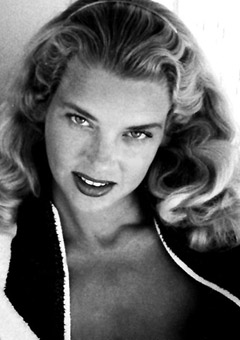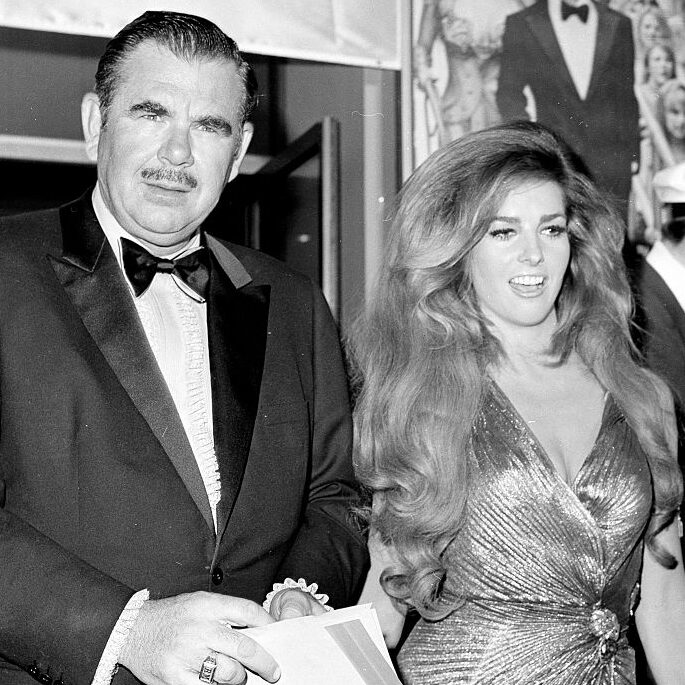Eve Meyer may not be a household name today, but during her prime, she was one of Hollywood’s most striking beauties and a prominent blonde bombshell on both magazine covers and movie screens. Born Evelyn Eugene Turner on December 13, 1928, in Georgia, she grew up with a passion for adventure and determination despite early family challenges.

Her father was a U.S. Army veteran, and her mother worked in textiles. The couple separated when Eve was just 10, and she was sent to live with her grandmother. A natural tomboy, she excelled in sports and held strong memories of family trips and picnics that brightened her childhood. Eve’s charm and beauty became her trademarks as she emerged as a dazzling model.
In June 1955, she gained national attention as Playboy’s Playmate of the Month, which really launched her career. Around the same time, she married Russ Meyer, a photographer and filmmaker who would play a significant role professionally and personally. She began acting in the 1950s, starting with smaller roles and growing into leading parts in his films.

During the 1960s, Eve starred in several important roles, including Eve and the Handyman (1961), Operation Dames (1959), and key parts behind the scenes as producer or associate producer on cult hits like Faster, Pussycat! Kill! Kill! (1965) and Beyond the Valley of the Dolls (1970). She was instrumental in shaping the visual and thematic direction of many of Russ Meyer’s groundbreaking films.
Their marriage dissolved amicably in the mid-1960s, though they remained good friends and creative collaborators for a time. Tragically, Eve’s promising career and life were cut short on March 27, 1977, when she was among the 583 victims aboard Pan Am Flight 1736 during the Tenerife airport disaster — the deadliest aviation accident in history.
Though her life ended prematurely, Eve Meyer’s legacy continues. Her groundbreaking film work challenged traditional portrayals of women in cinema and helped redefine female roles beyond mere glamour. Decades after her passing, she remains a symbol of resilience, talent, and enduring beauty.


